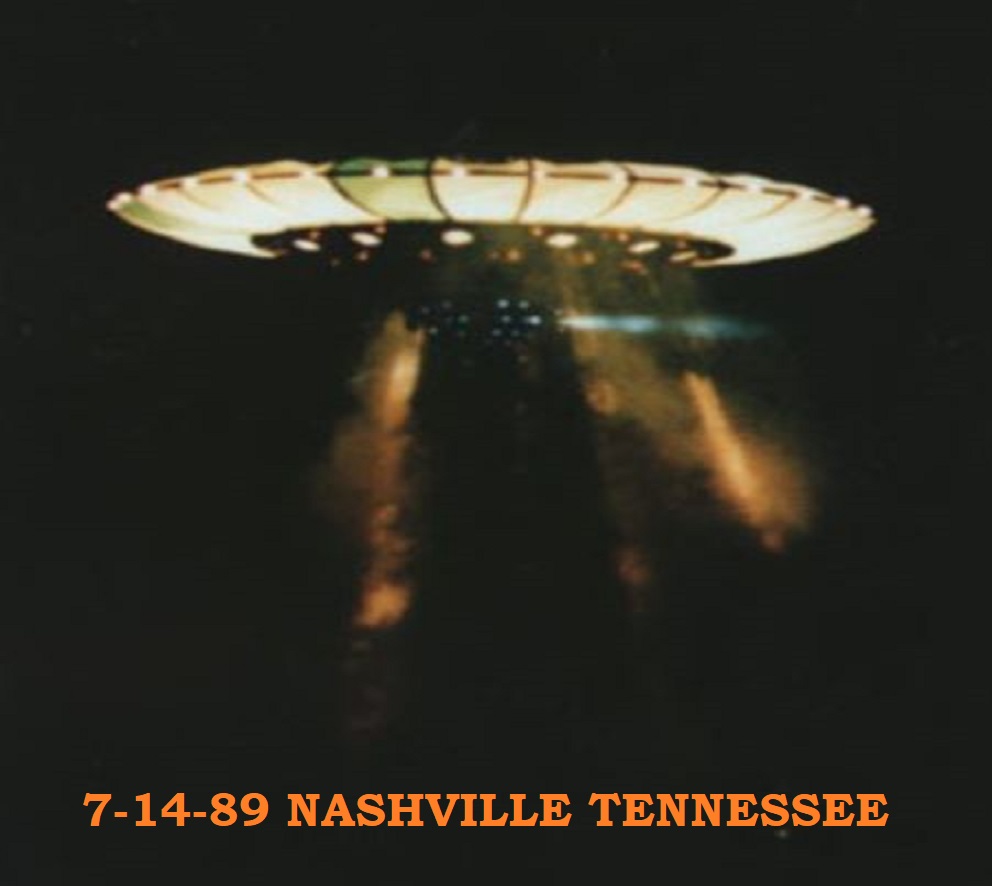
An experienced photographer was driving in a remote area near Nashville, Tennessee on the night of July 14, 1989. He saw a light behind the trees on top of a mountain several miles away at about 9:00 PM. He stopped his car, opened the trunk, picked up two cameras, a Canon AE-1 and a Canon T-90, that had previously been loaded with film. He started walking toward the bright light. The light came over the mountain several miles away and he started taking pictures with the cameras. He noticed a coronal discharge from around the perimeter of the object. It appeared to be materializing and coming into his vision. The bright light continued moving toward him. He aimed the camera at the light and started taking photos. His first photo was taken about 30 degrees above the horizon. When the object stopped he was shooting at about 50 degree up with the object still about four to six miles away.
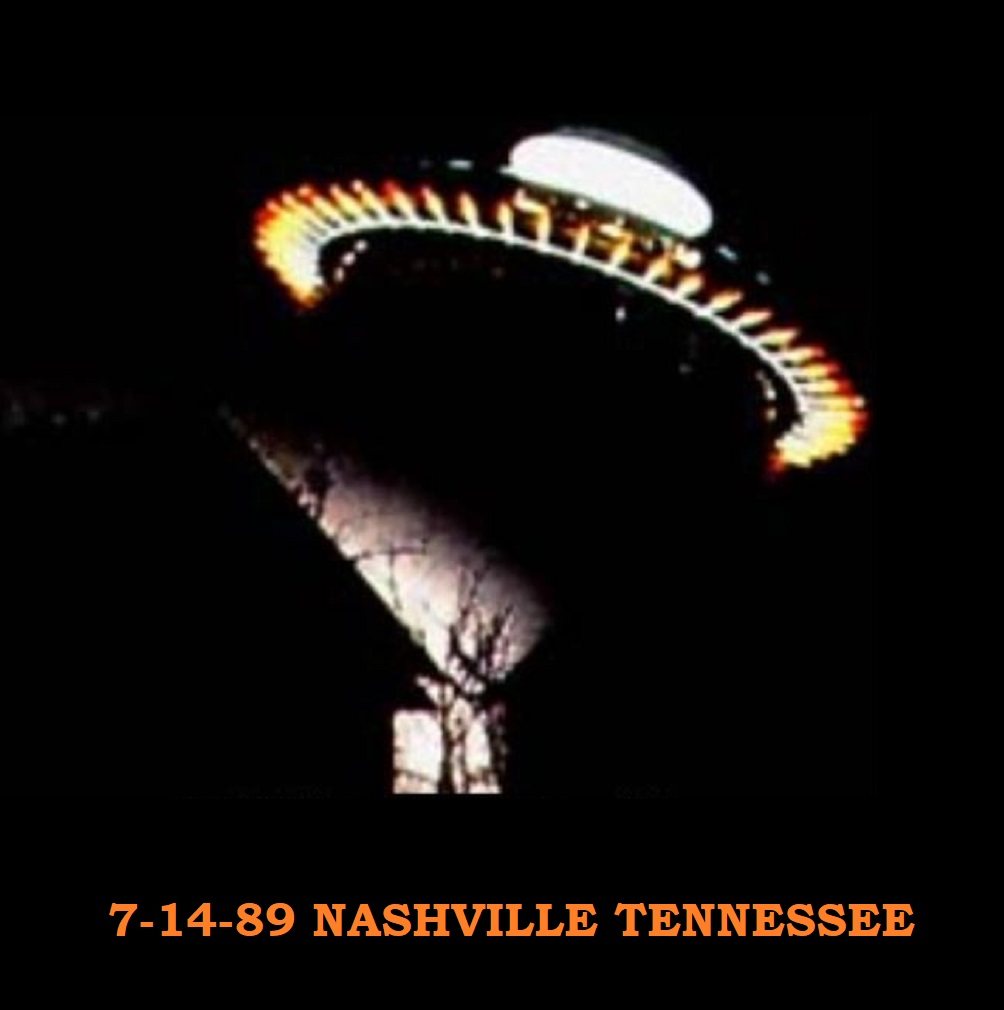
The photographer states, “I had a feeling that the craft was behind the mountain waiting for me and when it appeared it felt like I was in another world, the sounds were far, far away.” He looked at the object but could not see any definition, the light was far too bright and too far away. When he looked through the lens the craft was sharp and vivid. The craft was visible for more than five minutes, but less than ten. It seemed like forever. He changed the lens package from the T-90 to the AE-1 camera and continued shooting using all his film. He felt he was not in control of what was happening. He remembers constantly pushing the buttons on the back of the T-90, each time he made a change it sharpened the image. The T-90 Canon with his lens package cost $3,400.00. It has four computer chips and at the time was one of the most professional cameras you could buy when purchased in 1985.”
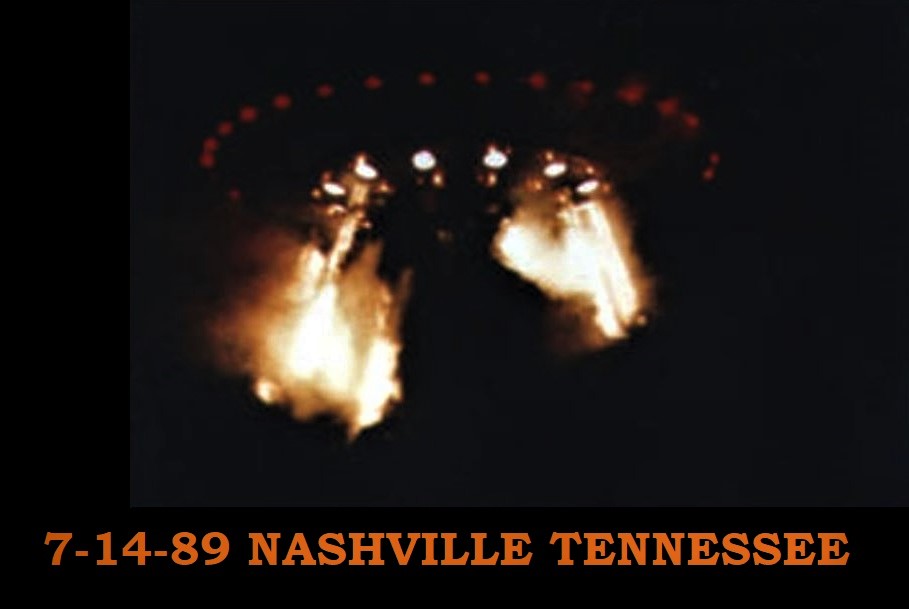
There were other witnesses, but they have been reluctant to come forward. They also were taking pictures, but the field around the craft interfered with the film as the craft moved away. They did not have high magnification lens so there was not enough definition to make the craft identifiable. The photographer has had a recent heart attack and an auto accident and does not want his name revealed.
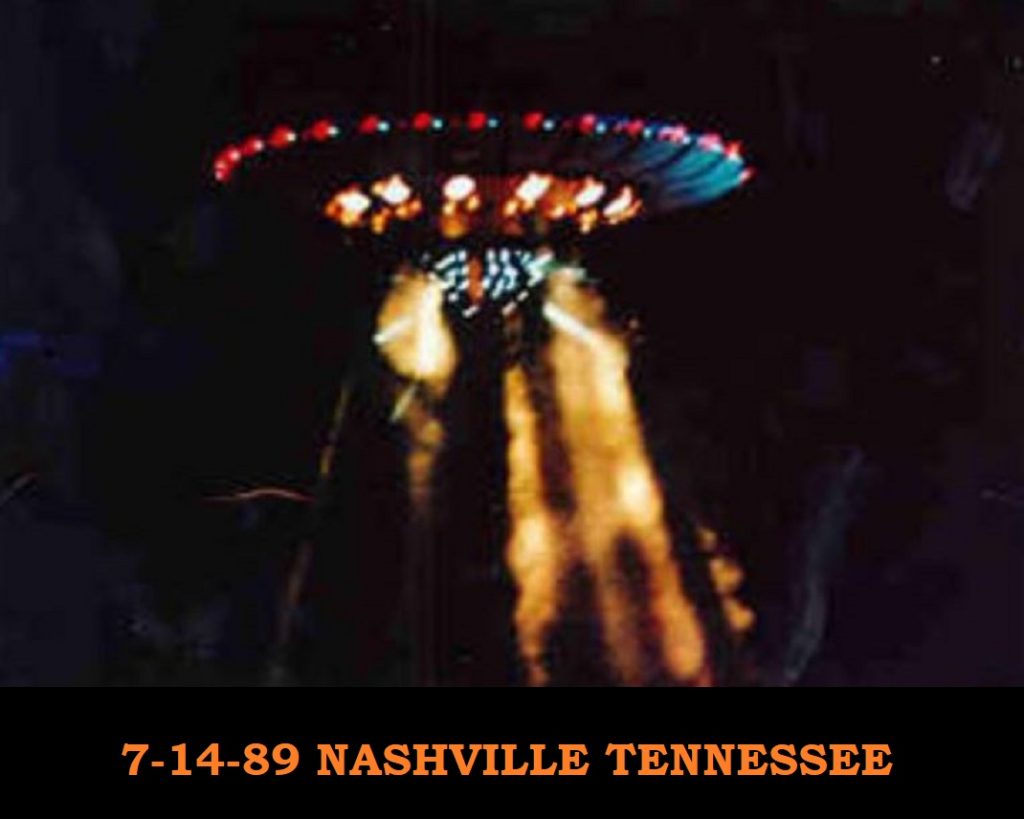
The Canon T-9- was set up with a spacer, two 2-2 X multipliers and 500 mm mirror lens with five filters. The lens package was 2000 mm plus. The speed of the film using the film push process is close to 3000. The camera was set up to take scenery at a distance. The computerized camera with computer chips was set to open the aperture as wide as possible. Commander Graham Bethune. was told by Bill Sherwood of Kodak that the object photographed with this package used on the camera was about five miles distant and would be 100 feet in diameter. ASA Kodak 400 or above film was used. Push processing was ordered when developing the film. FILM ANALYSIS Analysis of the film shows unusual colors not normally seen in any lighted object. The colors indicate a coronal discharge similar to the Aurora Borealis (Northern Lights.) The photographs show a craft with approximately 32 red, white and blue perimeter lights. These lights are not used in normal aircraft configuration. At times they appear all red. At other times they are all white. Sometimes outer perimeter lights appear mixed in color indicating they may have the ability to change color.
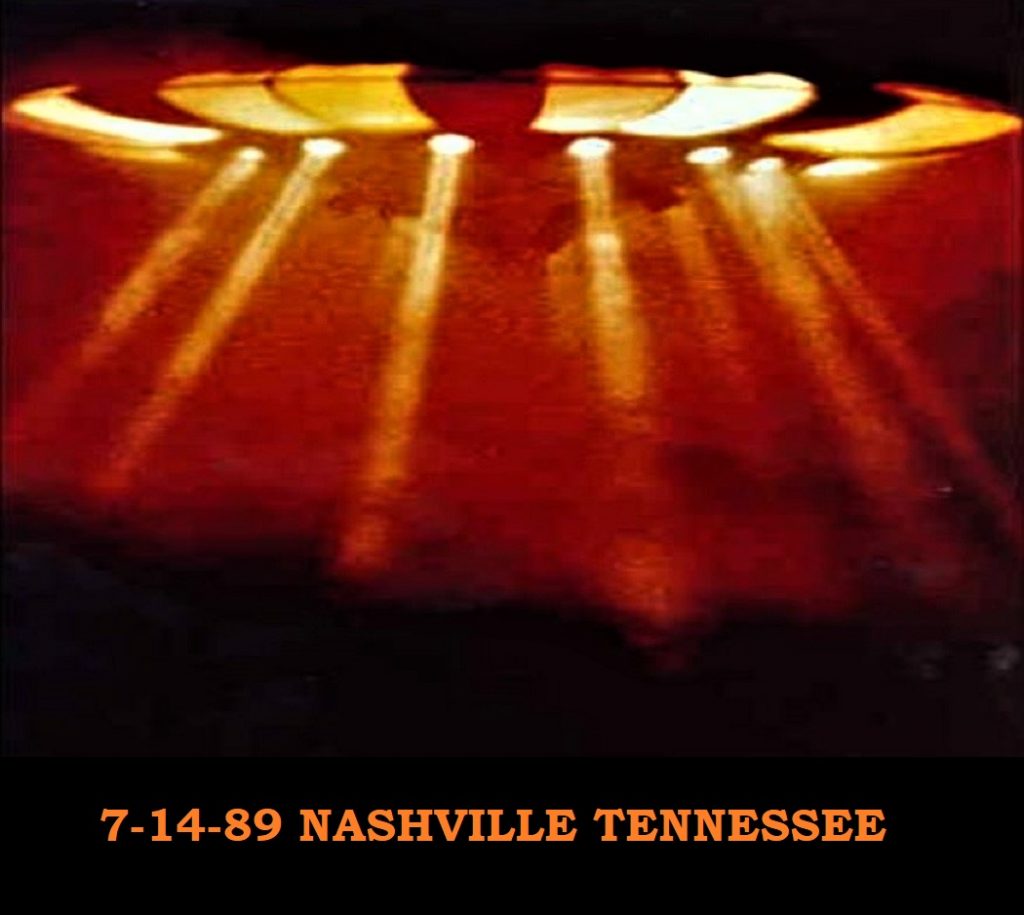
KEN PFEIFER WORLD UFO PHOTOS AND NEWS
HTTP://WWW.WORLDUFOPHOTOSANDNEWS.ORG
HTTP://WWW.KENPFEIFERDISCOVERIES.COM
THANKS TO HTTP://WWW.UFOCASEBOOK.COM
